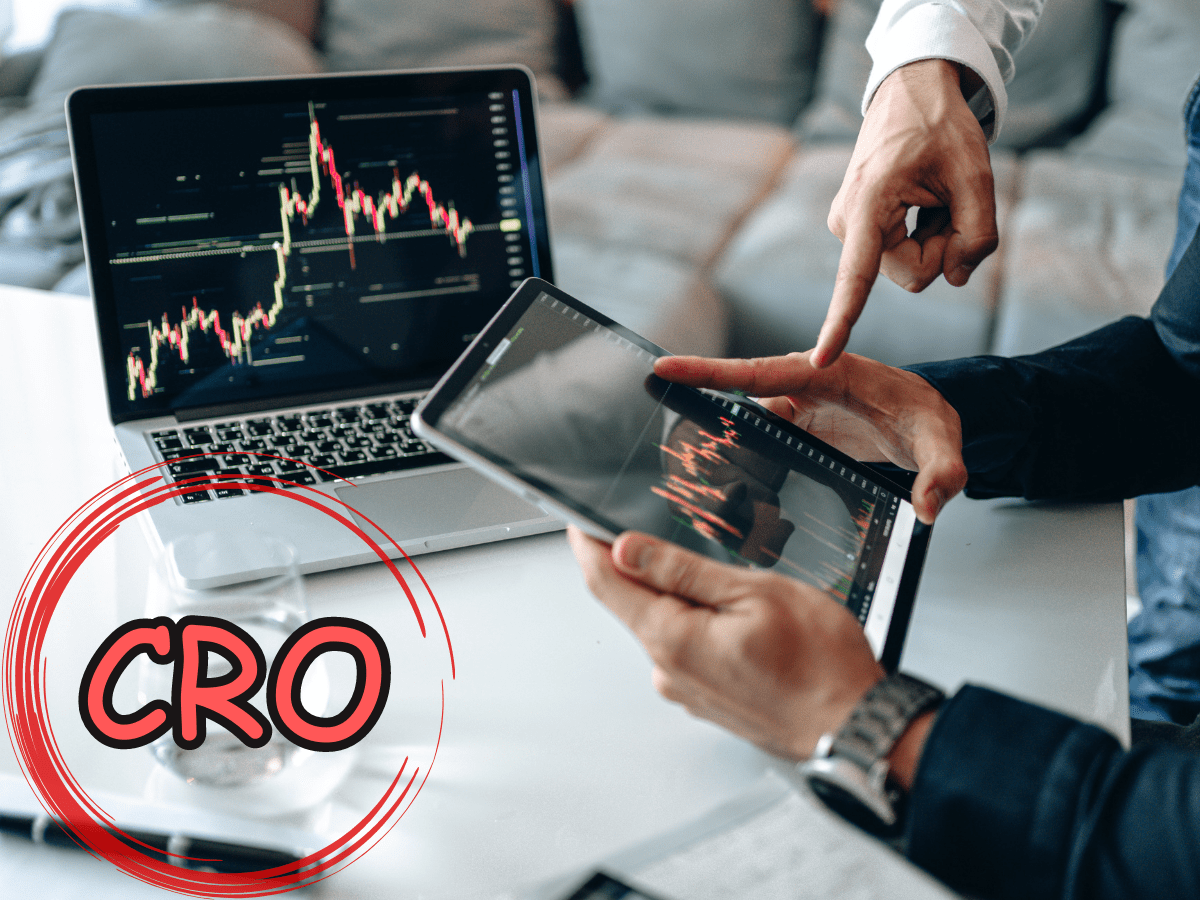Conversion Rate Optimization
As a business owner, you are constantly striving to maximize the potential of your online presence and attract a growing number of customers. Your website or mobile app serves as the digital gateway to your brand, and each visitor represents an opportunity for success. However, have you ever wondered how many of those visitors actually convert into valuable leads or paying customers? This is where Conversion Rate Optimization (CRO) steps in to revolutionize the way you approach your online business.
In this fast-paced digital era, acquiring new customers and driving traffic to your platform is not enough. You need to convert your existing visitors into loyal customers, effectively reduce your customer acquisition costs, and boost your revenue per visitor. Conversion Rate Optimization is not just another buzzword; it is a strategic approach that holds the key to unlocking your business’s growth potential.
In this blog, we’ll delve into the world of CRO, demystify its importance, and reveal how it can be a transformative force for your business.

Why is CRO important?
Conversion rate optimization holds immense significance as it enables you to significantly reduce your customer acquisition costs by extracting greater value from your existing visitors and users. By optimizing your conversion rate, you can elevate revenue per visitor, expand your customer base, and foster substantial business growth.
For instance, suppose a landing page currently maintains a conversion rate of 5% with 3000 monthly visitors, resulting in 150 conversions per month. Through effective optimization of various elements on the page, the conversion rate could be elevated to 10%, leading to a substantial increase of 300 conversions per month – a 100% improvement.
The pursuit of increasing conversions is an ongoing journey, and top-notch companies continuously alter and enhance their websites and apps to deliver a superior user experience and drive greater conversions. Embracing this dynamic approach ensures a company’s continued growth and success in the ever-evolving digital landscape.
Understanding Conversion Metrics
The foundation of conversion rate optimization lies in defining the conversion goals for each specific web page or app screen. The metrics that define success will vary depending on the nature of your business and its objectives.
For instance, if your business involves selling products online, conversions could be measured by completed purchases or the number of website visitors adding items to their shopping carts. On the other hand, if your focus is on selling products or services to businesses, you may track the number of leads collected or the downloads of white papers.
Here are some common conversion goals categorized by industry type:
- Media: Pageviews, ad views, newsletter subscriptions, engagement with recommended content.
- E-commerce: Product sales, add-to-carts, shopping cart completion rate, email newsletter sign-ups.
- Travel: Booking conversions, ancillary purchases, social shares.
- B2B: Leads generated, deals closed.
Once you have established these conversion metrics for digital interactions with your audience, you can proceed with enhancing your digital customer experiences through conversion rate optimization.
Identifying the Areas That You Need to Optimize
After defining the conversion metrics, the next step in the conversion rate optimization process is to identify the specific parts of your conversion funnel that you want to optimize.
Typically, your focus should be on the segment of the conversion funnel that receives the highest traffic or generates the most conversions. By prioritizing these pages, you can observe quicker results and have a more significant impact on your business.
Additionally, you may consider improving the highest-value pages or those that underperform compared to the rest of your site. Addressing these areas can yield the most immediate positive outcomes in achieving your conversion goals.
For instance, a clothing retailer might notice that the page for scarves receives substantial traffic but has a lower conversion rate compared to other pages. By optimizing the conversion rate of that specific page, the retailer can expect a substantial boost in sales as a result of their conversion rate optimization efforts.
Conclusion
Today, many marketing teams focus on driving traffic to their sites, hoping that this traffic will convert into qualified leads for sales representatives to close. However, optimizing existing traffic and leads, rather than solely relying on new traffic, can propel companies toward sustainable, long-term growth. By leveraging CRO, businesses can maximize the potential of their digital interactions and achieve continued success in the highly competitive market.
You can also read about 301 redirect, backlinks, CRM, Google Analytics, Google Search Console, Inbound Marketing, Screaming Frog, ROI, Bounce Rate, CRO, Wordpress, Serprobot, Basic HTML, Skyscraper Technique, Mastery of Content Creation, Content Marketing Trends and many more topics in our knowledge hub.
